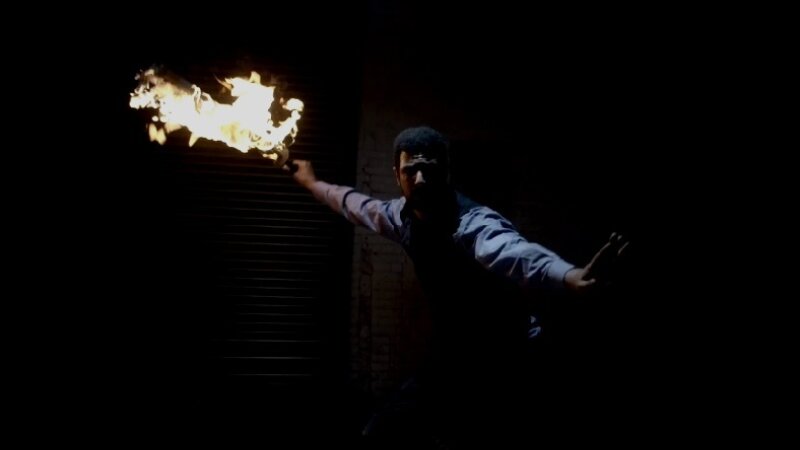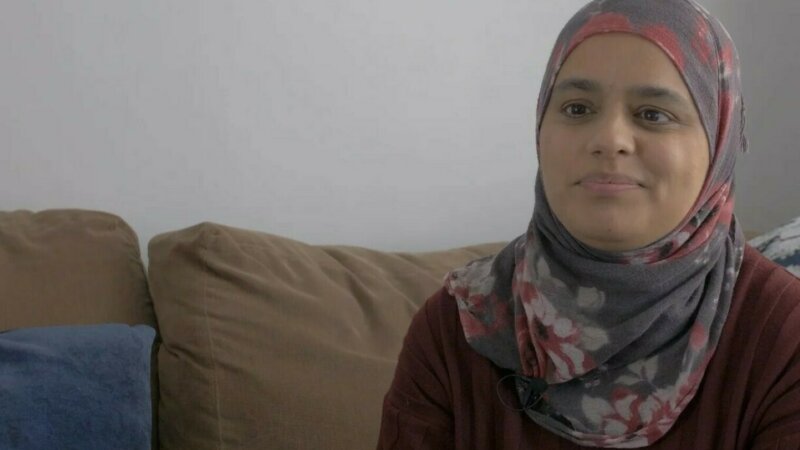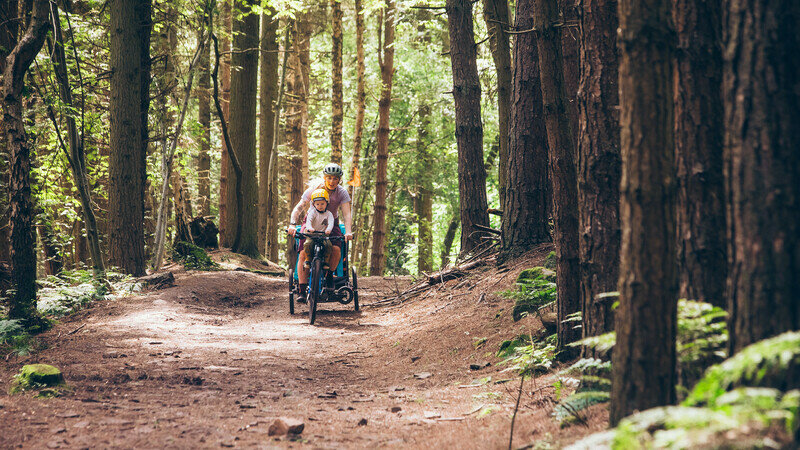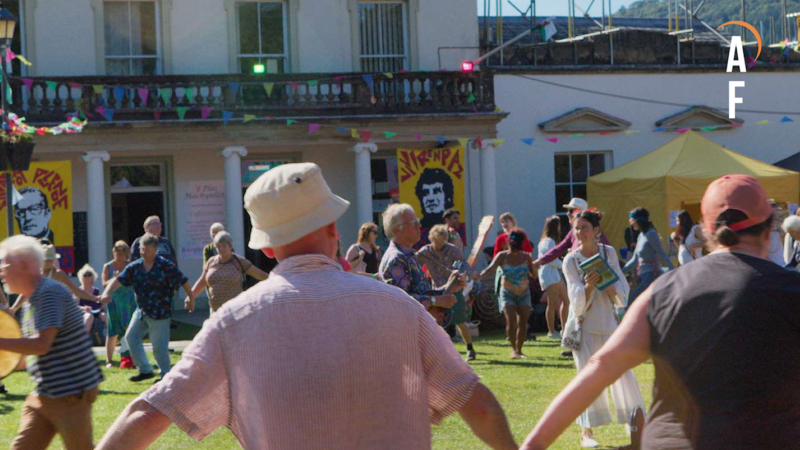Filmreel
Spliced Memories - Part 2.
...And here's the second round of our insider's view of the art of film editing. Having delivered the image article in the last issue, we now conclude it by exploring sound.
As before, we are offering you a brief and personalised insight into this most crucial side of filmmaking. When it comes to sound, few can put it better or more soberly than David Lynch, when he says "Sound is a great pull into a different world. And it has to work with the picture - (...) without it you've lost half the film."
Again, the decision to intersperse knowledge from a selection of filmmakers that I admire with key entries from the production diary of my own latest project offers a much required clarity.
WEDNESDAY, 18TH MAY 2011/WHDE DIARY ENTRY
With the additional material in place, the pilot episode of the Web Series 'Where Her Dreams End' gains an added dimension. The extra scene is gritty and an interesting narrative detour. Simultaneously, I'm perplexed by the extraordinary way in which everything now just flows, inspiring me to take the first proper steps into the sound design...
An initial unsettling scene is made denser with the low hum of a Tibetan Monks choir. A drone that accompanies it comes back briefly in the subsequent hospital interior - when the swift reflections of traffic passing outside move over a wall. And a sound sample of a hospital located near a US airbase underlines perfectly the tension with which the scene culminates...
As sound offers a much vaster spectrum of possibilities than image, the need to abide by simpler basic rules is imperative. As the great Walter Murch, legendary editor of such films as Apocalypse Now (1979), The Godfather (1972) and The English Patient (1996), elaborates: "(...) the big three things—which are emotion, story, and rhythm— apply to sound just as much as they apply to picture. You are always primarily looking for something that will underline or emphasise or counterpoint the emotion that you want to elicit from the audience. You can do that through sound just as well as through editing, if not more so. Rhythm is obviously important; sound is a temporal medium. And then story. You choose sounds that help people to feel the story (...)."
In my own work, I always try to create a balance between the integrity of what was captured (and is quintessential to a given scene) and the design that gradually formulates itself as I progress. The latter is where most of the creativity is lodged, of course. It's also what will be almost exclusively responsible for the mood the audience will take away with them - even if they are unable to put it into words. In this particular project that I'm working on, 'words' became a problem during production, threatening the above-mentioned integrity at this later stage...
WEDNESDAY, 25TH MAY 2011/WHDE ENTRY
The need for such extensive dubbing makes me uneasy. After a lengthy (but thoroughly enjoyable) recording session with a gifted voice artist last night, it's all up to me and my expertise. I'm not entirely confident, but the process is unavoidable so that the project retains the standard of quality we're all aiming for. It goes smoothly, to begin with, but soon the first stumbling block comes about and highly detailed sound surgery is required. Frame by frame... Cross-fading words in well-delivered lines in order to lip-synch... I have many hours of this ahead of me. So, take a deep, deep breath...
Dubbing remains a dubious device. Certainly if employed to serve a cultural convenience - when countries get commercially-released films dubbed in order to make foreign works readily (if not lazily) available to their people - but also, to an extent, if rooted in a given filmmaking tradition. The process itself makes you doubly aware of the purpose, function and power of the text. The spoken word is counterpointed with the purely poetic visual essence the film should display and can attain an almost religious value.
This was more than apparent in the works of Andrei Tarkovsky who, notably in Stalker (1979), used the dubbing process to change lines completely and insert Biblical references into the narration. But, in fact he used dubbing throughout his career - something that may have started as following on a Russian tradition, but that was quickly to become just another aspect to be perfected and orchestrated in post-production.
TUESDAY, 7TH JUNE 2011/WHDE DIARY ENTRY
Layering continues, with over a hundred and fifty sound effects (and counting)... The design has evolved. I try to remain faithful to the intended tone, but visual elements made new by repetition seduce me. Cues in the sound entice me and I pursue new densities. Renewed textures are made more organic - like the discreet addition of a vinyl record crackling to a Skype conversation... A painful memory verbally evoked by a character is underlined by a distant morning prayer recorded at a temple in India, which in turn contrasts with the corporate surroundings of the scene...
In just a few days' time, original music will find its way into this world created by me. Emotion will be mediated, supported, communicated... I'm looking forward to that moment of exhilaration, when my good friend and collaborator Matt Howden calls me back to his studio to show me how he achieved what I requested and, more importantly, how he diverted from it for the sake of a better outcome.
Flashback to 26th March 1995, when I was a singer in the Portuguese rock band Freud's Groin and we were recording our demo at what was then the best studios in Lisbon. How the work of mixing and producing four tracks was infused by my cerebral contribution - which put forward the insertion of police sirens in the most urban track, ominous bells in another and an extract from a Stravinsky piece together with echoing seagulls in the final, allegorical one.
Despite the coherence of these being praised at the time, I can only assert that, limited or simplistic as it might've been, I was already aiming to communicate on another level. Something that could only be fully satisfied by doing what I do now.
Essential Reading:
The Conversations - Walter Murch and the Art of Editing Film by Michael Ondaatje
Fine Cuts - The Art of European Film Editing by Roger Crittenden
Sculpting In Time by Andrei Tarkovsky
The Films of Andrei Tarkovsky: A Visual Fugue by Vida T. Johnson and Graham Petrie
In the Blink of an Eye: A Perspective on Film Editing - Revised 2nd Edition by Walter Murch
whereherdreamsend.blogspot.com
matthowden.com
JOÃO PAULO SIMÕES IS A PORTUGUESE FILMMAKER LIVING AND WORKING INDEPENDENTLY IN SHEFFIELD. HIS WORKS INCLUDE ANTLERS OF REASON AND AN ARRAY OF MUSIC VIDEOS AND DOCUMENTARIES. VISIT CAPTURAFILMES.BLOGSPOT.COM. )





